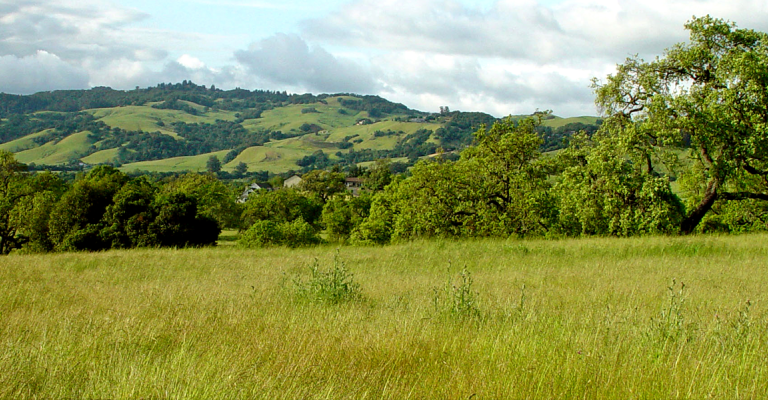Service-Learning in Computer Science
Service-learning activity usually falls into two categories
Type 1: Teaching/tutoring/sharing knowledge from the class.
Example: Computer science students at the University of San Francisco (USF), partnered with Network Ministries, which ‘operates two drop-in computer labs; one for adults and one for children.” The USF team “realized that providing hardware and support addressed only one component of the digital divide; information and education about using information technology effectively was an equally important part. As a result, (the students) began offering tutoring sessions for adults in St. Anthony’s A+ certification program and computer literacy courses at Good Samaritan Family Resource Center. (They) then expanded this into the development of an A+ certification training curriculum for adult education students at St. Anthony’s Foundation.” The instructor says that “this provides students with an opportunity to learn firsthand about the digital divide and develop a greater understanding of the underlying causes of this divide. They get first-hand exposure to issues surrounding access to technology, literacy, poverty, and education.” One student reflected “The community provided an amazing experience in everyday life in that I see another aspect of humanity and how another subset of people live. In terms of myself, I learned that I am very capable of contributing to the community.” The community partner found the project so beneficial that they established an ongoing partnership providing future students with stipends to continue the work. 2
Type 2: Using information from the class to do something with/for a community organization.
Example: Students in the Introduction to Computer Science course at Siena College in Loudonville, New York, created computer animations for a non-profit called Music Mobile, a gender and race neutral learning tool. Students “felt that they were contributing to the local community”, though some students commented that “they would have liked more interaction with the community-based organization (CBO) to ensure that they were on the right track.” The CBOs were “pleased with the quality of the student work” and were “excited and thrilled with the results.” 3
Please contact [email protected] for more information.
1 Schahczenski, Celia. "Computer Science, Nonprofits and Service Learning." Frontiers in Education. Vol. 2. 2002.
2 Brooks, C. “Community Connections: Lessons Learned Developing and Maintaining a Computer Science Service-Learning Program.” The University of San Francisco.
3 Egan, M., Johnson, M., “Service Learning in Introductory Computer Science.” Siena College, Computer Science Department June 2010.


